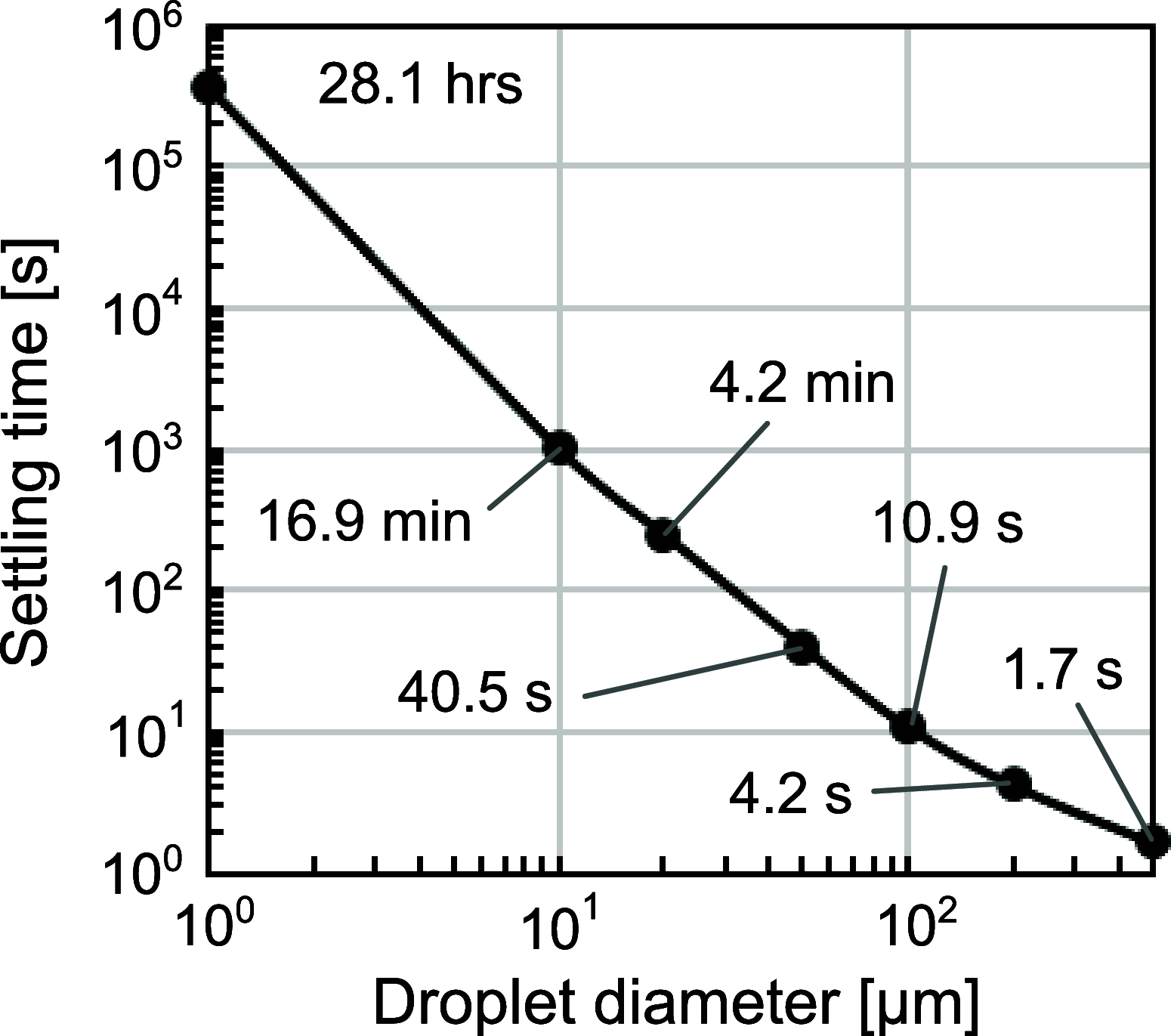Fomite Transmission, Physicochemical Origin of Virus-Surface Interactions, and Disinfection Strategies for Enveloped Viruses with Applications to SARS-CoV-2
- PMID: 33748563
- PMCID: PMC7944398
- DOI: 10.1021/acsomega.0c06335
Fomite Transmission, Physicochemical Origin of Virus-Surface Interactions, and Disinfection Strategies for Enveloped Viruses with Applications to SARS-CoV-2
Abstract
Inanimate objects or surfaces contaminated with infectious agents, referred to as fomites, play an important role in the spread of viruses, including SARS-CoV-2, the virus responsible for the COVID-19 pandemic. The long persistence of viruses (hours to days) on surfaces calls for an urgent need for effective surface disinfection strategies to intercept virus transmission and the spread of diseases. Elucidating the physicochemical processes and surface science underlying the adsorption and transfer of virus between surfaces, as well as their inactivation, is important for understanding how diseases are transmitted and for developing effective intervention strategies. This review summarizes the current knowledge and underlying physicochemical processes of virus transmission, in particular via fomites, and common disinfection approaches. Gaps in knowledge and the areas in need of further research are also identified. The review focuses on SARS-CoV-2, but discussion of related viruses is included to provide a more comprehensive review given that much remains unknown about SARS-CoV-2. Our aim is that this review will provide a broad survey of the issues involved in fomite transmission and intervention to a wide range of readers to better enable them to take on the open research challenges.
© 2021 American Chemical Society.
Conflict of interest statement
The authors declare no competing financial interest.
Figures




Similar articles
-
Factors Impacting Persistence of Phi6 Bacteriophage, an Enveloped Virus Surrogate, on Fomite Surfaces.Appl Environ Microbiol. 2022 Apr 12;88(7):e0255221. doi: 10.1128/aem.02552-21. Epub 2022 Mar 14. Appl Environ Microbiol. 2022. PMID: 35285710 Free PMC article.
-
Stability and transmissibility of SARS-CoV-2 in the environment.J Med Virol. 2023 Jan;95(1):e28103. doi: 10.1002/jmv.28103. Epub 2022 Sep 7. J Med Virol. 2023. PMID: 36039831 Free PMC article. Review.
-
Higher Concentrations of Bacterial Enveloped Virus Phi6 Can Protect the Virus from Environmental Decay.Appl Environ Microbiol. 2021 Oct 14;87(21):e0137121. doi: 10.1128/AEM.01371-21. Epub 2021 Aug 18. Appl Environ Microbiol. 2021. PMID: 34406830 Free PMC article.
-
A Systematic Review of Surface Contamination, Stability, and Disinfection Data on SARS-CoV-2 (Through July 10, 2020).Environ Sci Technol. 2021 Apr 6;55(7):4162-4173. doi: 10.1021/acs.est.0c05651. Epub 2020 Nov 23. Environ Sci Technol. 2021. PMID: 33227206
-
SARS-CoV-2 and the role of fomite transmission: a systematic review.F1000Res. 2021 Mar 24;10:233. doi: 10.12688/f1000research.51590.3. eCollection 2021. F1000Res. 2021. PMID: 34136133 Free PMC article.
Cited by
-
Reducing Vaccinia virus transmission indoors within 60 seconds: Applying SAFEAIR-X aerosol with Iodine-V as a disinfectant.PLoS One. 2023 Jan 27;18(1):e0279027. doi: 10.1371/journal.pone.0279027. eCollection 2023. PLoS One. 2023. PMID: 36706113 Free PMC article.
-
Understanding the Role of Environmental Transmission on COVID-19 Herd Immunity and Invasion Potential.Bull Math Biol. 2022 Sep 10;84(10):116. doi: 10.1007/s11538-022-01070-y. Bull Math Biol. 2022. PMID: 36088430 Free PMC article.
-
Exploring the Impact and Prevention of Epidemics from a New Perspective: COVID-19 Transmission through Express Boxes.Int J Environ Res Public Health. 2022 Dec 15;19(24):16884. doi: 10.3390/ijerph192416884. Int J Environ Res Public Health. 2022. PMID: 36554764 Free PMC article.
-
Ozone Decontamination of Medical and Nonmedical Devices: An Assessment of Design and Implementation Considerations.Ind Eng Chem Res. 2023 Mar 1;62(10):4191-4209. doi: 10.1021/acs.iecr.2c03754. eCollection 2023 Mar 15. Ind Eng Chem Res. 2023. PMID: 36943762 Free PMC article. Review.
-
Broad virus inactivation using inorganic micro/nano-particulate materials.Mater Today Bio. 2021 Dec 22;13:100191. doi: 10.1016/j.mtbio.2021.100191. eCollection 2022 Jan. Mater Today Bio. 2021. PMID: 35024597 Free PMC article.
References
-
- Johns Hopkins University . COVID-19 Dashboard https://coronavirus.jhu.edu/ (accessed Dec 28, 2020).
-
- NIH . COVID-19, MERS & SARS https://www.niaid.nih.gov/diseases-conditions/covid-19 (accessed Apr 11, 2020).
Publication types
LinkOut - more resources
Full Text Sources
Other Literature Sources
Miscellaneous

